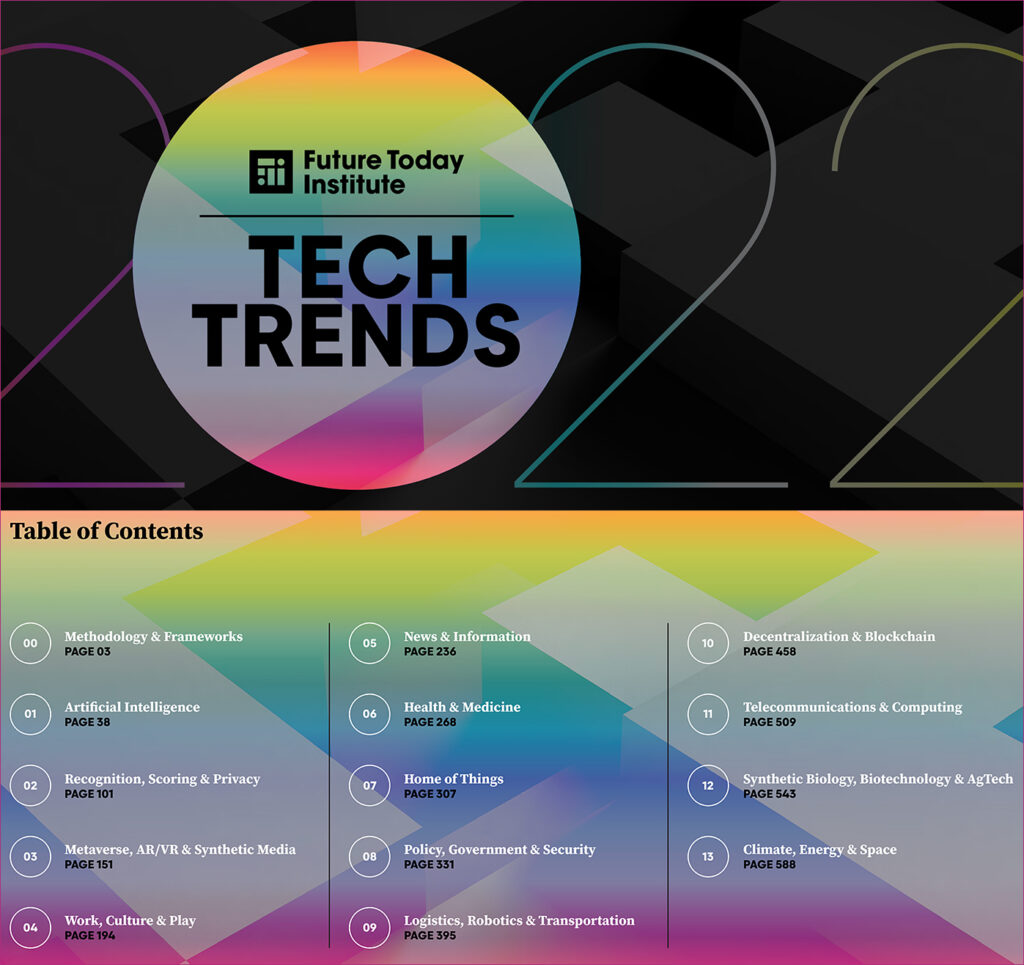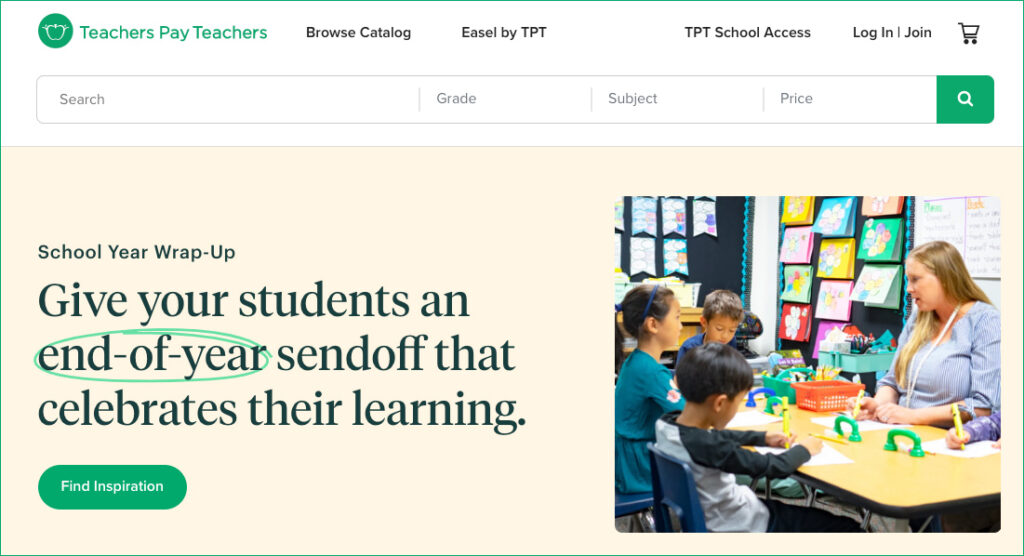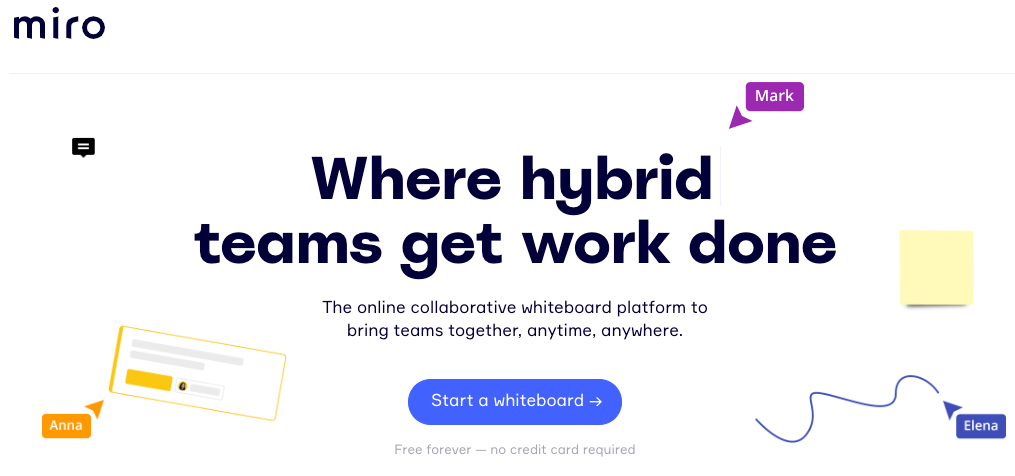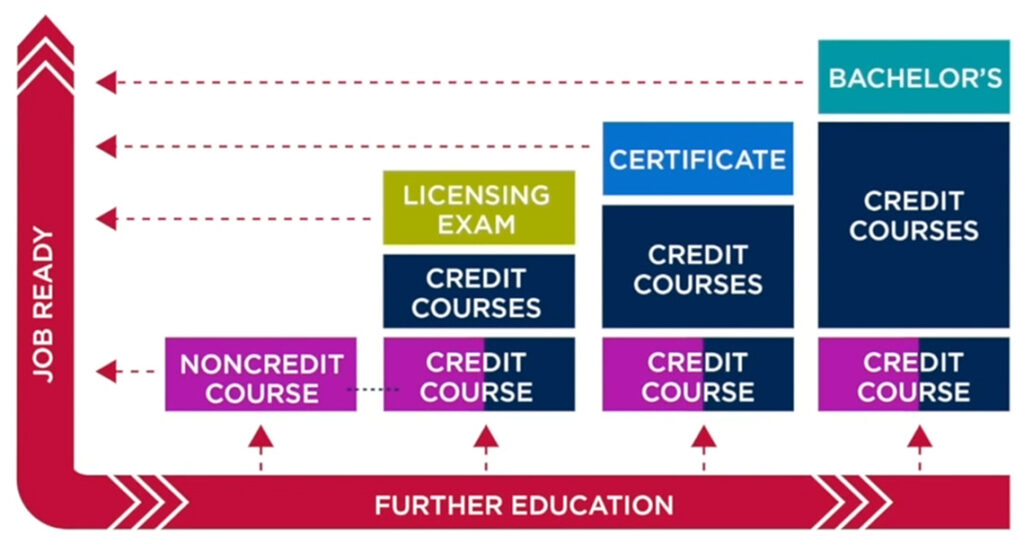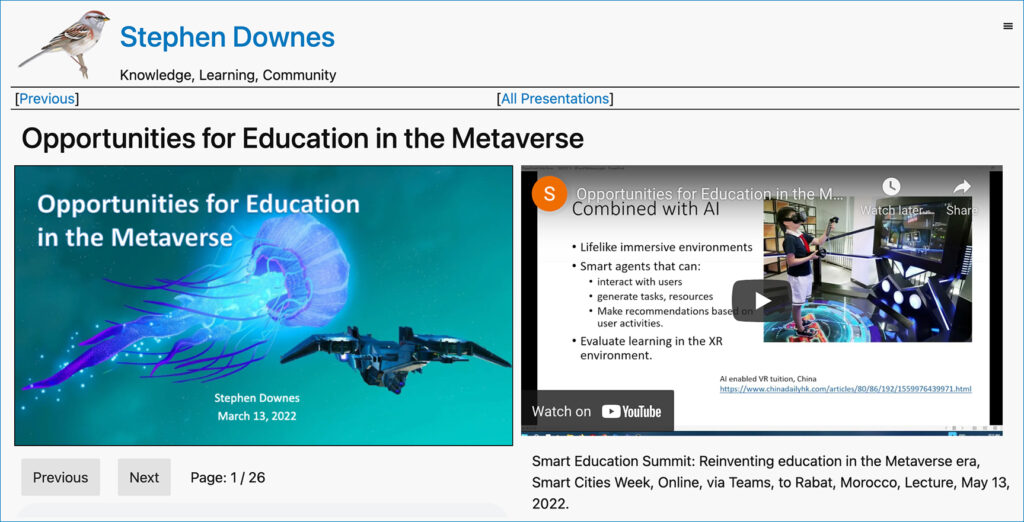AI Plus VR at Purdue University Global — from er.educause.edu by Abbey Elliott, Michele McMahon, Jerrica Sheridan, and Gregory Dobbin
Adding artificial intelligence to virtual reality provides nursing students with realistic, immersive learning experiences that prepare them to treat patients from diverse backgrounds.
Excerpt:
Adding artificial intelligence (AI) to immersive VR simulations can deepen the learning by enabling patient interactions that reflect a variety of patient demographics and circumstances, adjusting patient responses based on students’ questions and actions. In this way, the immersive learning activities become richer, with the goal of providing unique experiences that can help students make a successful transition from student to provider in the workforce. The use of AI and immersive learning techniques augments learning experiences and reinforces concepts presented in both didactic and clinical courses and coursework. The urgency of the pandemic prompted the development of a vision of such learning that would be sustainable beyond the pandemic as a tool for education on a relevant and scalable platform.
Speaking of emerging technologies and education/learning, also see:
- 3 Ways AI Can Help Students with Disabilities — from er.educause.edu
Artificial intelligence can improve accessibility and ensure that students with disabilities have access to rich learning opportunities. - Nvidia’s new AI magic turns 2D photos into 3D graphics — from thenextweb.com by
The technique targets video game designs
- Best virtual tours in Ireland — from bestinireland.com; with thanks to Mary Pauline Maido for this resource
- Is VR Really Mainstream? What Learning Leaders Need to Know — from learningsolutionsmag.com
- Eduverse Debuts as Education-Themed Metaverse Experience for K–12 — from thejournal.com












